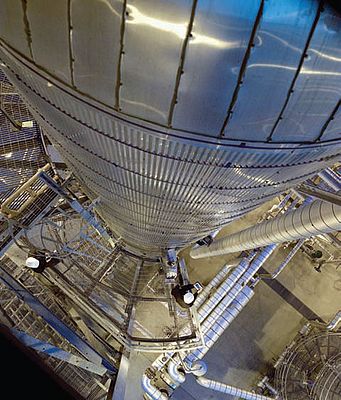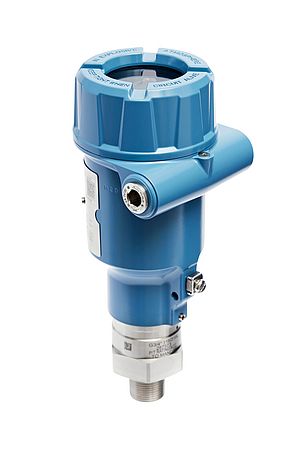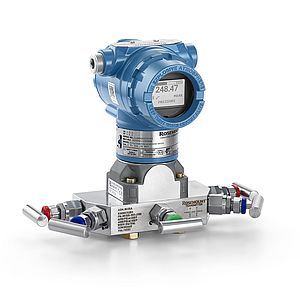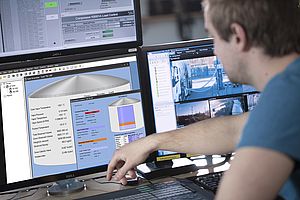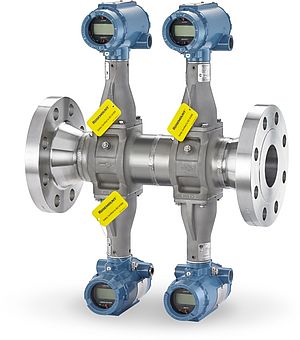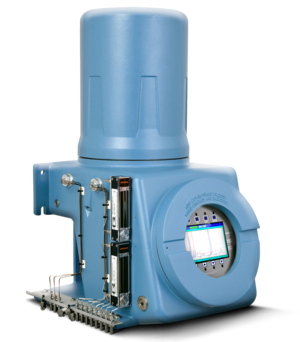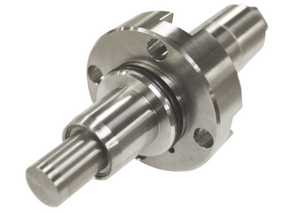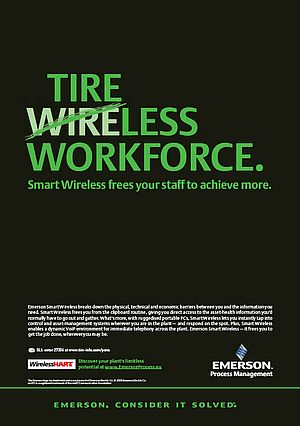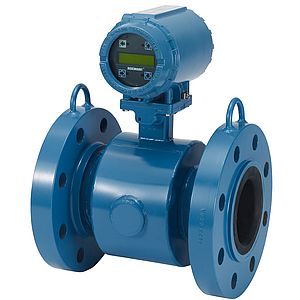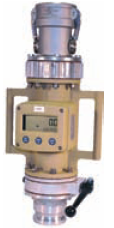Plant-level wireless applications are boosting the productivity, safety and security of plant personnel as well as easing the connection of physically disparate digital systems into an integrated whole.
Wireless plant networks have requirements that are unique and different from wireless field networks. Wireless field networks, including those described by the WirelessHART™ standard, are single-purpose and low in bandwidth and power consumption. Wireless plant networks, on the other hand, are based on IEEE wireless network standards common to the broader IT world, including the 802.11-2007 Wi-Fi series of wireless protocols. These higher bandwidth plant networks are designed to accommodate multiple simultaneous applications.
Having successfully implemented hundreds of wireless field network applications, Emerson has more recently seen a dramatic rise of interest in plant-level wireless network applications. Topping the list of customer requested wireless applications are: empowering mobile workers, location tracking, safety mustering, integration of non-traditional signals such as video, and bridging remote or isolated control systems.
Mobile worker productivity.
Perhaps most appealing of all wireless plant network applications are those designed to enhance the productivity of mobile workers. Indeed, it’s here where perhaps the biggest wireless plant network returns are to be made - incremental productivity improvements that pay off repeatedly. The savings really add up when workers can save 10 minutes to an hour, over and over again.
The variety of wireless-enabled mobile devices now available ranges from hardened, 13-inch tablet PCs to 1/2-VGA palm-sized devices and to hand-held communicators. For example, the Panasonic U1 is a handheld PC that includes builtin Wi-Fi and cellular communication capabilities and is able to run a fully-featured Delta operator interface client. Devices and networks are available to ensure that the operator is no longer chained to his desk. In addition, instead of installing a wireless plant infrastructure, users can even leverage commercial mobile data networks where it makes sense. All that is needed is a connection back through the company’s firewall and a data plan.
Smart handheld devices, of course, have been around for some time - streamlining data-gathering tasks during operations and maintenance rounds. But with wireless connectivity comes the ability to continuously synchronise data as workers move from point to point. There’s no need to dock the device at the end of the shift; information moves and updates immediately.
Location tracking and safety mustering.
Another and often critical class of wireless plant network applications involves real-time location awareness. That is, the ability to know where people and mobile plant assets are located at any given time. In the case of a safety incident, the ability to know immediately where all employees are facilitates safer and more efficient mustering. The wireless application replaces clipboard tracking, allowing for a quick, automated roll call during an emergency.
Tracking the location of high-value equipment can be a boon to maintenance productivity. Further, when paired with a growing range of mobile worker applications, location awareness could even be used to manage a particular operator’s permission level relative to their specific location in the plant.
Video. Because broadband plant wireless networks are based on commercial IT networking technology, they can readily handle a range of signals more common to the telecommunications world, namely wireless video and voice. Video applications include both process monitoring and security applications - for the video monitoring of flares, for example, or for complying with perimeter security monitoring requirements.
Bridging. The higher bandwidth of plant wireless networks is required in the bridging of two control system areas into one network. A wire less segment is an effective means of integrating two remotely located control systems. The wireless bridging of two areas of control systems may be essential when the systems are located across bodies of water or are separated by terrain that is too difficult or expensive to lay cables in trenches.
Field data back-haul.
Similarly, wireless back-hauls are used to integrate remote wireless field networks into the existing plant-level control network: Wi-Fi® is used to overcome obstacles to physical network wiring such as roads, rivers, railways or just plain distance.
To accommodate the disparate needs of wireless field- and plant-level applications, Emerson Process Management’s Smart Wireless architecture consists of two layers that are seamlessly integrated with the company’s control and plant network offerings (Figure 1). The plant-level wireless layer is based on Cisco’s Unified Wireless Network architecture, and is managed through the Cisco Wireless Control System (WCS) platform.
A key feature of the Smart Wireless network is scalability. Users don’t have to install both field- and plant-level wireless networks at the same time. At the field level, users can start with a gateway and a handful of measurement points and, as long as a few simple rules of thumb are followed, have confidence that the mesh network will come to life with little fuss. No exhaustive site survey is necessary, and an initial field network can be readily expanded - in fact becoming more reliable as more measurement points are added.
At the plant level too, users need not start with an extensive wireless infrastructure. Indeed, two of the most common wireless plant network applications – the bridging of two control system networks and the back-haul of field network data – are relatively straightforward to get up and running, requiring no extensive infrastructure plan (and no site survey if it is less than five miles and there is a clear line-of-sight). Of course, deploying an asset tracking application over a wide area would require a bit more planning, engineering and a site survey.
The promise of a wireless-enabled mobile worker is even more potent when considered in the context of the latest generation of real-time production management applications such as the Syncade smart operations management suite offering. Itself a modular, scalable suite of software applications, Syncade is designed to integrate real-time plant-floor data with off-line and transactional plant business processes. With wireless mobility added to the mix it creates a powerful combination for improving productivity while avoiding procedural and documentation errors.
Consider, for example, the following scenario: a wireless pressure transducer alarms because of excessive pressure drop across a filter. The alarm is seamlessly transmitted to the control room operator who, suspecting a plugged filter, locks out the associated pump and kicks off a maintenance request.
A maintenance technician receives the request on his wireless-enabled mobile device and, because he can directly access the pump and filter specifications from his handheld, arrives in the field with requisite spare parts in hand. He then accesses the control system to verify that the pump is indeed locked out, accesses the work processes library for the proper filter replacement procedure, scans the barcodes on the filter and pump to track and ensure the proper filter is being used, and replaces the filter. Then, he updates the equipment maintenance log electronically to sign off and places the pump back in available status. All from the convenience of a wireless handheld device.
Regulatory compliance can also be enhanced by a combination of a plant wireless network with real-time production management tools. Imagine that a technician is sent to confirm that Unit 1’s safety system is working. Syncade suite, communicating with the worker’s mobile device, verifies that the technician’s safety training is current, verifies that the test procedure being utilised is current, collects data as the technician executes the procedure, and then documents that the test was properly completed with all associated data and records.



